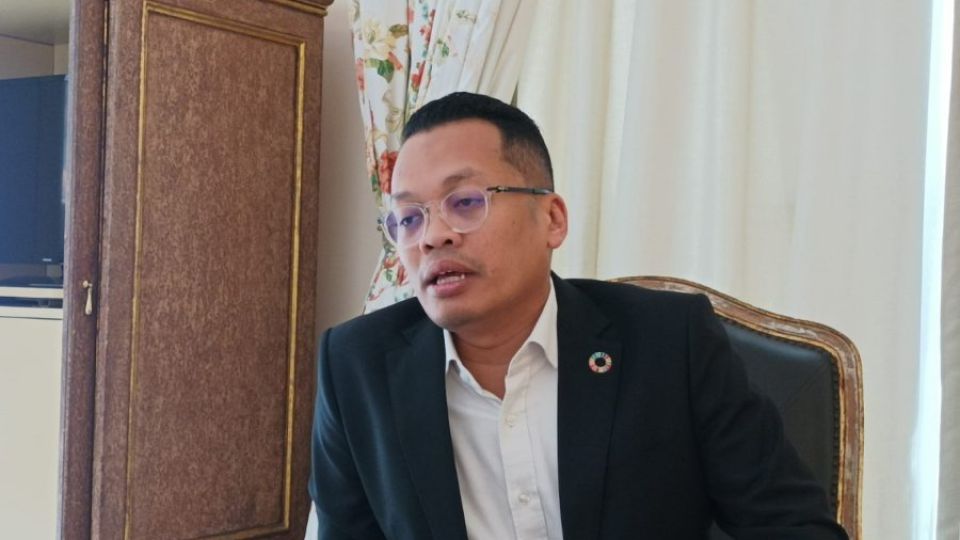August 24, 2023
JAKARTA – Malaysia is viewing Indonesia’s Nusantara Capital City (IKN) project as a potential export market for its green electricity as it sets its sights on becoming ASEAN’s renewable energy hub.
Nik Nazmi Nik Ahmad, Malaysia’s Minister of Natural Resources, Environment and Climate Change, told an interview with The Jakarta Post on Wednesday in Jakarta that he expected Sarawak to play a major role in supplying Indonesia’s new capital with green electricity, citing the state’s abundance of renewable energy sources.
“I think Sarawak will play a big role in that. I mean, it has a lot of hydroelectricity resources. In that way, it’s a bit similar to Laos with the mountains,” Nik Nazmi said.
Malaysia has previously sold its electricity to Kalimantan, with the first electricity exported to the western part of the Indonesian region.
The new capital is designed as a green city, and includes the use of renewables to power the city.
However, renewable energy comprises less than an estimated 5 percent of Kalimantan’s energy mix this year, with the rest coming mainly from coal-fired power plants, according to PLN’s latest 10-year Electricity Supply Business Plan (RUPTL).
The government also plans building a hydropower plant in Mentarang, North Kalimantan, to supply electricity to its new capital, but the project only broke ground in March so its operation is still years away.
Data from state electricity company PLN show that Kalimantan has the largest reserve margin compared to other regions, meaning it has potentially greater supply above peak electricity demand compared to other regions that also have a supply glut.
Nik Nazmi also said Malaysia had invested in the Bakun hydroelectric dam in Sarawak, which commenced its commercial operations in 2011.
The dam had a huge supply capacity for Sarawak, he added, though demand in the region was very small.
Other efforts had been made to supply the surplus power to Peninsular Malaysia, and while these did not come to fruition, Nik Nazmi said Sarawak was researching into green hydrogen as a means of supplying electricity to the region.
He expected there could be some challenges to exporting Malaysia’s electricity to Nusantara, however, pointing out that Sarawak regulated its own electricity under the federal government.
Other challenges included the distance to Nusantara, which was located on the eastern Bornean coast, at least 400 kilometers southeast from the Malaysian state.
Kuala Lumpur was also eyeing similar opportunities in the Brunei Darussalam-Indonesia-Malaysia-Philippines East ASEAN Growth Area (BIMP-EAGA), Nik Nazmi said, adding that discussions were still underway.
He also said Kuala Lumpur would also start discussions over a plan to connect Peninsular Malaysia with Sumatra as part of its plan to serve as an electricity hub for ASEAN. This would involve extending an existing grid that already supplied both Thailand and Singapore.
“If you knew the ASEAN map, [some electricity exports] will run through Malaysia,” Nik Nazmi said, highlighting potential demand from Thailand and other neighboring countries in the region.


